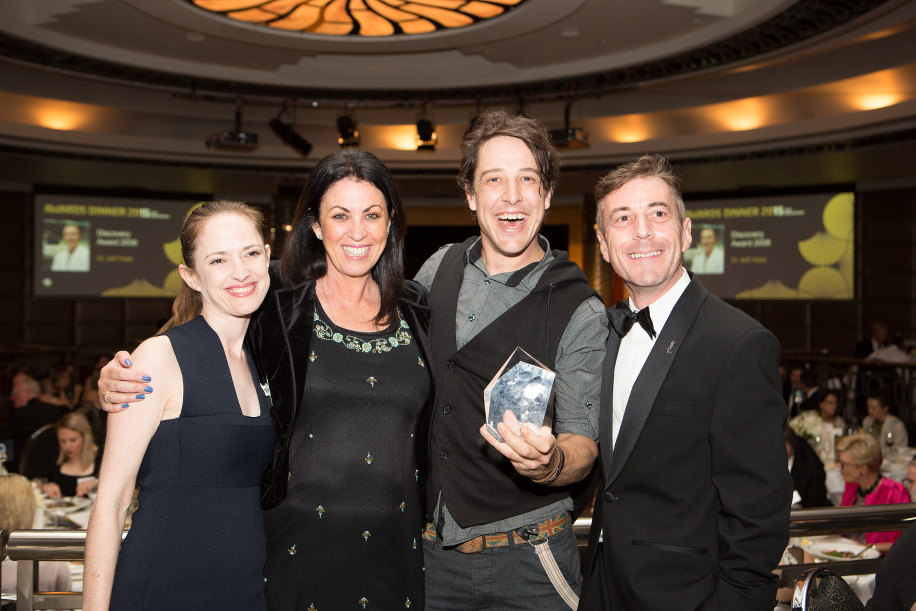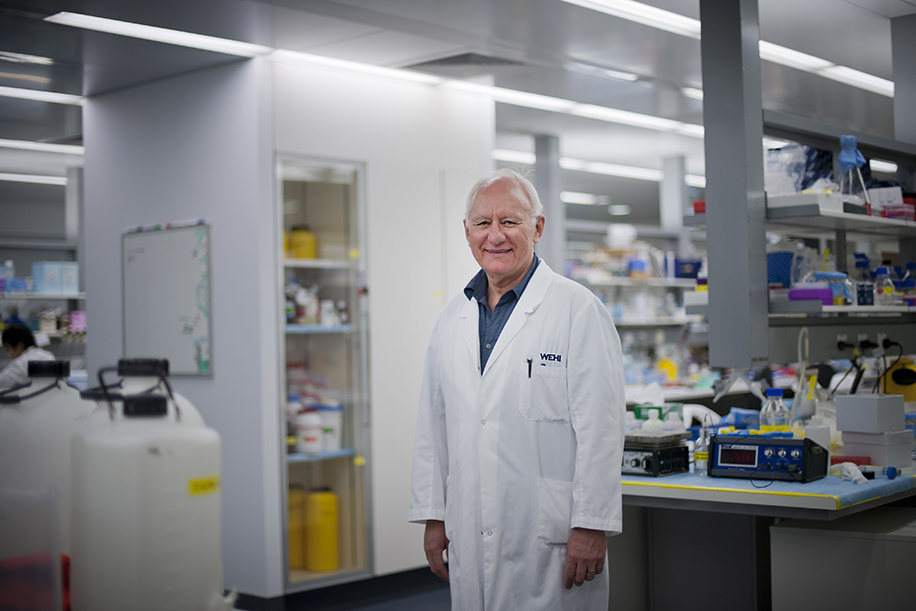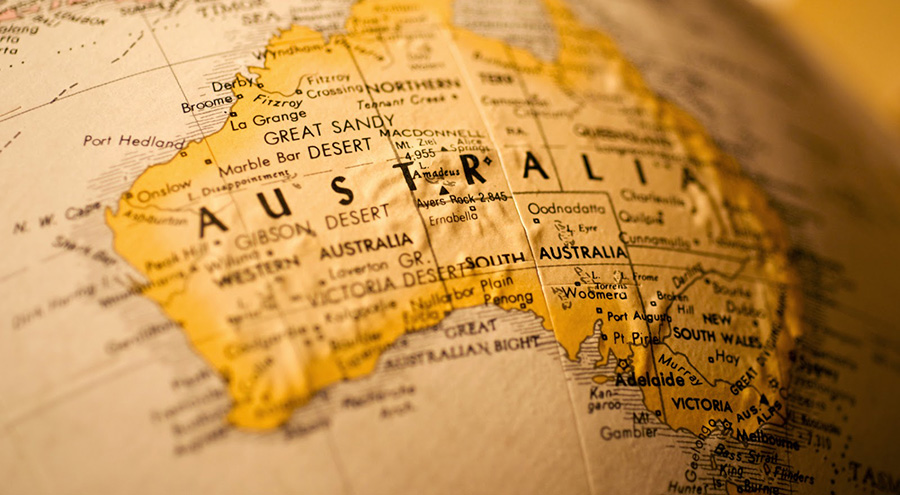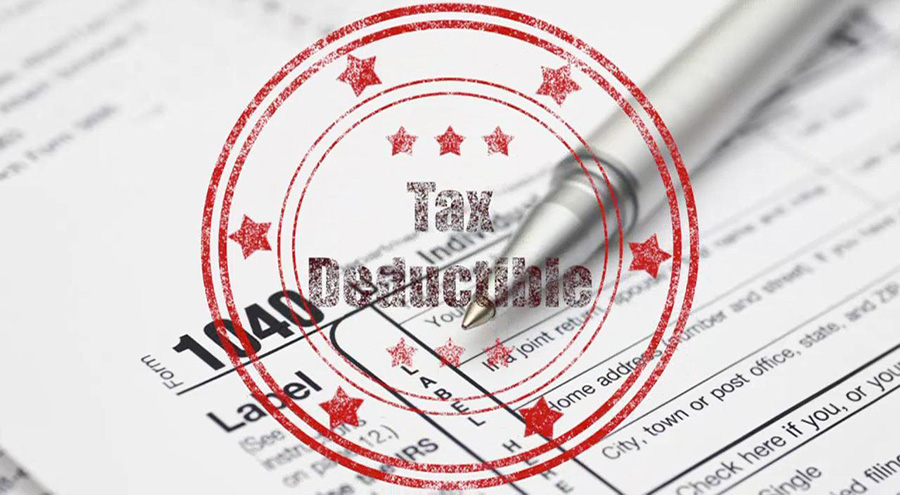Funding health & medical research in Australia
Summary
-
- $8.4 billion is spent on health and medical research (HMR) in Australia each year
- 23% of all Australian Research and Development (R&D) is spent on HMR (Total R&D is around $35.6 billion in 2019/20)
- 4% of all spending on health is spent on HMR (total health expenditure in 2019-20 was $202.5 billion)
- 0.4% of GDP was spent on HMR (Australian GDP in 2019-20 was $1,985 billion)
- Nearly half of all Australian HMR is undertaken in the higher education sector
- HMR accounts for one third of all R&D expenditure in higher education institutions
- 29% of all HMR expenditure is in the private sector
Expenditure by sector
The following table is an estimate of where HMR expenditure occurs in Australia
| Location of expenditure $million |
|
|
|
| Aust. Govt. (including agencies) |
States & Territories |
Higher Education |
Not For Profit |
Business |
Total |
| 128 |
598 |
4,132 |
1,118 |
2,402 |
8,378 |
| 2% |
7% |
49% |
13% |
29% |
100% |
The estimates are complicated because they are:
- based on Australian Bureau of Statistics (ABS) data and the ABS surveys the different sectors for different periods. Government and NFP data is for 2018/19; Higher Education is for the calendar year 2018 and Business is for 2019/20
- the ABS categorises data by Socioeconomic Objective (SEO) and by Field of Research (FoR). The SEO of Health generally provides the most accurate estimate but the combined FoRs of Biomedical and Clinical Sciences; and Health Sciences (ANZSCR 2020); is used for Business because most HMR in industry is classified not under the SEO of health but under the SEO of manufacturing. The ABS data is not provided at sufficient detail to enable health R&D to be extracted from the SEO of manufacturing.[1]
[1] Prior to 2020 the FoR of medical and health sciences (ANZSCR 2008) was used. From 2020, the New ANZSCR 2020 is applicable.
Australian Government
While only a relatively small proportion of HMR is undertaken directly by the Australian Government it is responsible for providing the funding for a much larger proportion, particularly in higher education and Medical Research Institutes (MRIs). This includes funding provided through the National Health and Medical Research Council (NHMRC) and Australian Research Council (ARC). It also includes funding provided to universities through the block grants system, which is tied to the volume of each university’s research and the number of research students.
Australian Government funding of HMR through universities and MRIs
Australian Government funding of HMR through universities and MRIs
| NHMRC Funding |
$870 million |
|
| ARC Funding contribution to HMR (10%) |
$81 million |
|
| Research Block Grants contribution to HMR (34%) |
$680 million |
|
| MRFF |
$646 million |
|
| Total |
$2,277 million |
|
Source: Australian Government Science Research and Innovation Budget Tables 2021-22- estimated expenditure for 2021-22
This estimate assumes all MRFF funding in 2021-22 went to universities and MRIs as it is not possible to break this figure down. This estimate does not take into account taxation measures such as the R&D Tax Incentive and programs like the Department of Industry Innovation and Science Entrepreneurs Program, which support the development and commercialisation of research generally, including new medicines, medical devices and therapies. It also doesn’t reflect other Commonwealth Government support provided to universities and MRIs which are used for new buildings and facilities that support HMR.
Source: Australian Government Science Research and Innovation Budget Tables 2018-19, estimated expenditure for 2019/20
State and Territory Governments
State and territory governments are responsible for funding research undertaken within the State and territory hospital systems; the provision of support to MRIs for the indirect costs of research; and other programs to support R&D, a portion of which funds HMR. State and territory governments also provide capital funding for stand-alone research institutions (e.g. the South Australian Health and Medical Research Institute) and for organisations that combine research with health care delivery (e.g. the Victorian Comprehensive Cancer Centre).
It is likely that the total support provided to HMR significantly exceeds the $598 million per annum captured in the table above.
Higher Education
The bulk of Australian HMR is conducted in the Australian higher education sector, and is funded by the Australian Government, philanthropy and universities own funds from other sources, including teaching revenue for the Australian Government and students. Approximately one third (34%) of all research expenditure by the higher education sector is on health and medical research.
Source: ABS 8111.0, Research and Experimental Development, Higher Education Organisations, Australia 2018, SEO Health ($4,132 million) divided by total expenditure ($12,158 million).
Not for Profit sector
The Not for Profit sector spent $1.27 billion on R&D in 2018/19, of which $1.12 billion (88%) was spent on the SEO of Health. The concentration of research in the non profit sector on HMR reflects the dominance of this sector by Medical Research Institutes (MRIs). The next highest categories were Education and Training with $39 million, manufacturing ($31 million) and animal products ($10 million).
Source: ABS 8109, Government and Private Non Profit Organisations, 2018-19 Table 1, PNP expenditure by SEO, 2016-17
Business
Expenditure on HMR represents approximately 13% of total R&D spending by business. Much of the R&D expenditure by businesses has an emphasis on the ‘D’ (Development) in R&D rather than research. For this reason it is captured in the broad SEO of Manufacturing rather than Health; the combined FoRs of Biomedical and Clinical Sciences; and Health Sciences are used in the above table to estimate business expenditure on H&MR.
Source: Research and Experimental Development, Businesses, Australia, 2019-20 FoR for the combined FoRs of Biomedical and Clinical Sciences; and Health Sciences ($2,402,000,000) divided by total expenditure ($18,171,000,000).
Image credit: Professor Len Harrison, Walter and Eliza Hall Institute












You must be logged in to post a comment.